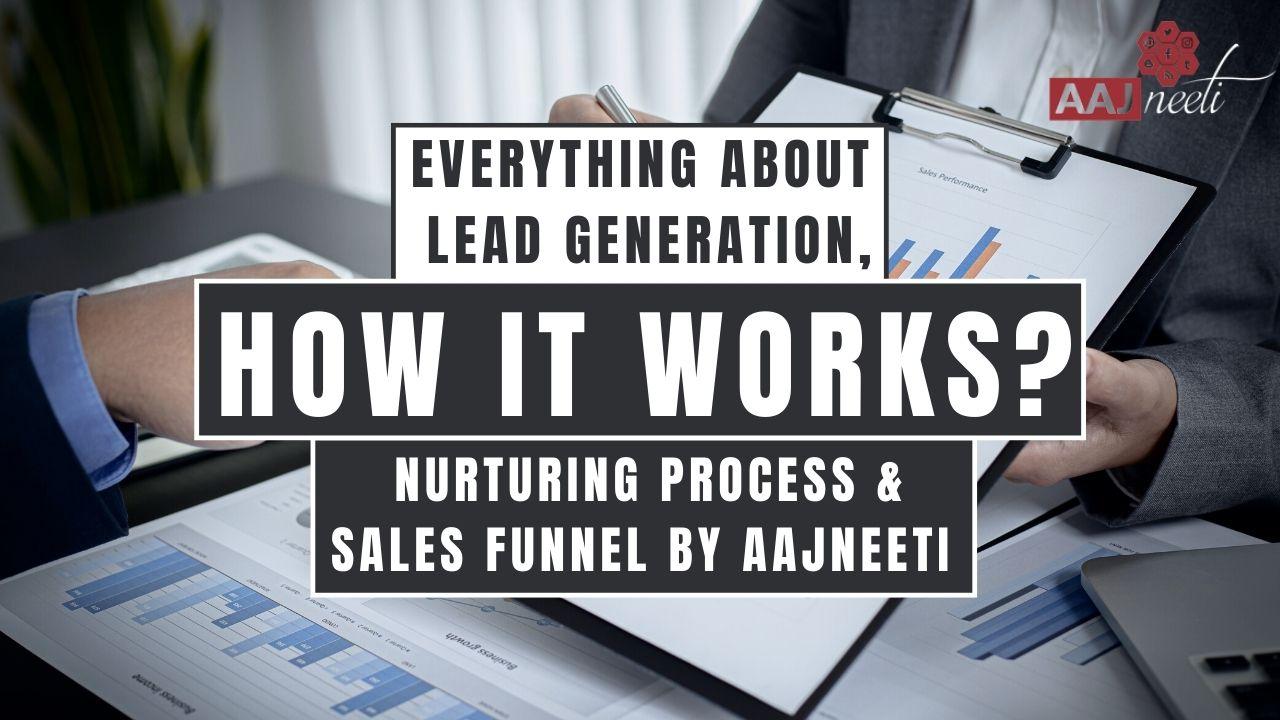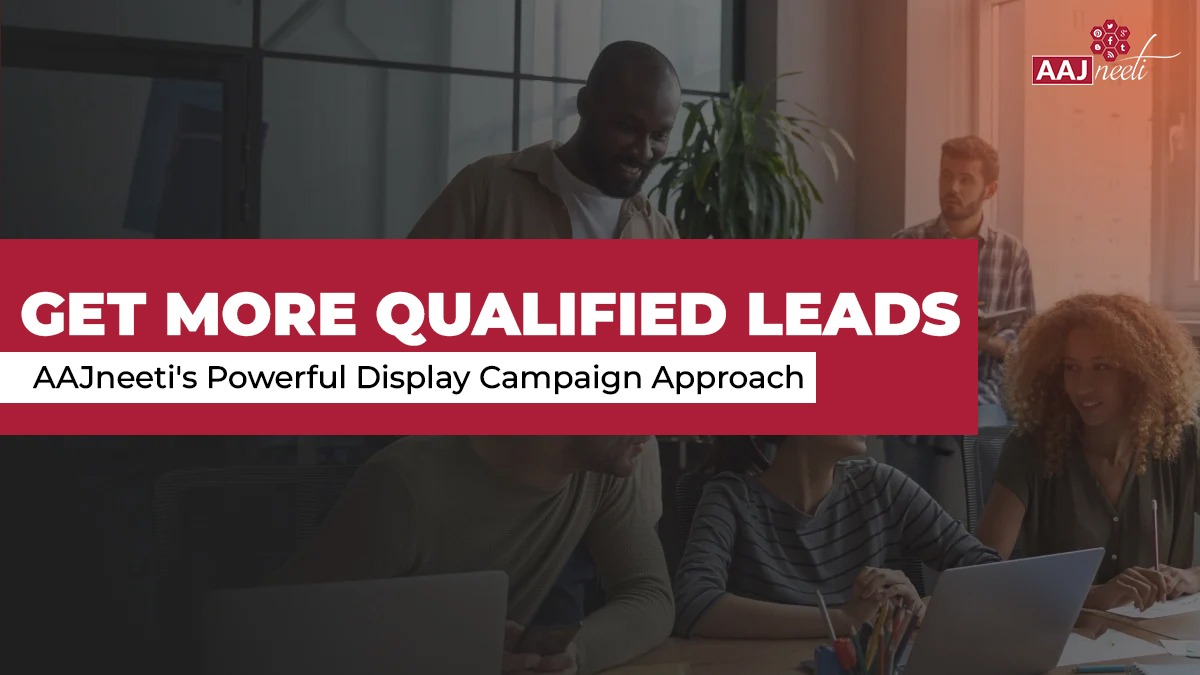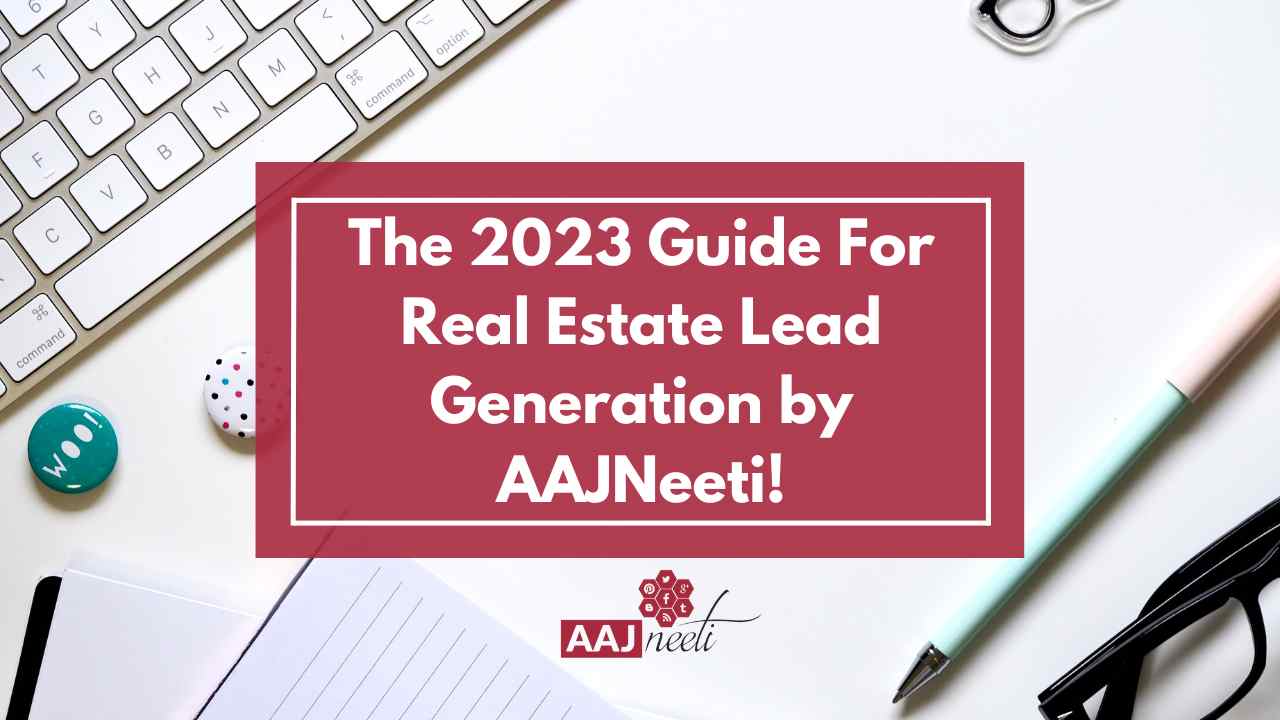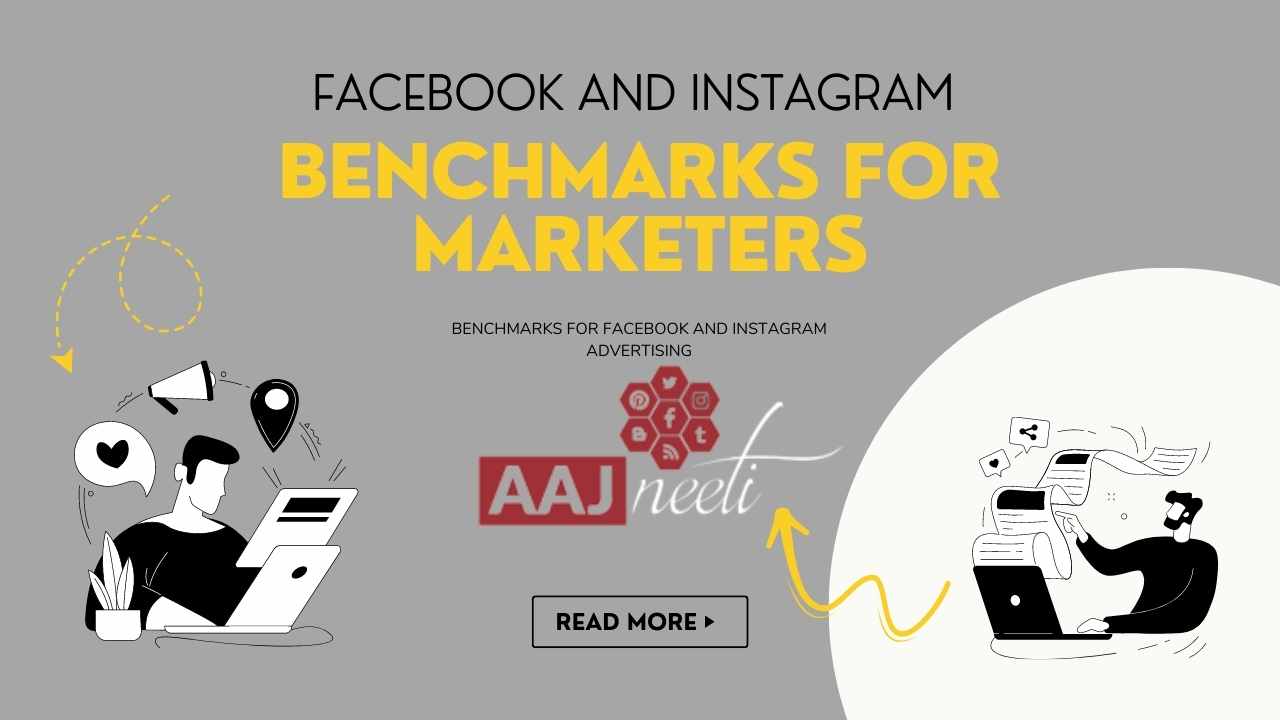Do you want to do more with your company’s Facebook page than merely raise awareness? Do you wish to understand a way to convert your followers into paying customers?
Let’s work together to answer these obvious questions.
This article will teach you how to improve your Facebook strategy to increase revenue from both organic and paid campaigns. So let’s start….
1.All organic and paid posts ought to have just one goal and one decision to action
You may start producing content and using native tools to attain your goals once you’ve created a Facebook page for your business. Let’s start with how to create an organic Facebook lead and conversion plan.
Let me ask a question – Do you have trouble deciding what to post on your Facebook page?
Okay, First make sure each article has a clear purpose that corresponds with your marketing goals when you create a content calendar. Take, for example, generating leads for a software-as-a-service product. Your Facebook posts could be about:
- Encourage prospects to sign up for a free trial to evaluate your product before pitching a paid plan.
- Getting potential customers to watch a product video so you can add them to your remarketing list
- Increasing email signups so that you can market to potential clients through a variety of channels.
Always include a compelling call to action (CTA) that encourages your audience to take the next step to boost your chances of achieving your objectives. You may struggle to attain the outcomes you desire if you don’t plan out a clear course of action for your followers—no matter how good your video looks or how catchy your material sounds.
So, how do you create engaging CTAs? They can be as straightforward as “Click here to sign up” or “Watch now” as an example. Try a variety of CTAs, both simple and sophisticated, to figure out what works best for your audience.

Incorporate shares into your content calendar for lead generation landing pages.
Some of your content calendar entries may be aimed at raising brand recognition or educating potential customers. When it comes to generating leads and conversions, however, upper-funnel content like blog articles and introductory films will fall short.
Publishing lead magnets, on the other hand, is significantly more effective for generating leads. When you share gated material on Facebook, you’re giving prospects something of value in exchange for their email addresses, which you can use to nurture leads.
What are the characteristics of a high-value lead magnet? It is dependent on the services you provide and the needs of your target market. Lead magnets that work well include:
- Research and data-packed white papers that prospects can’t find anywhere else
- Guides to a process or system, with helpful resources and case studies
- Webinars in which prospects are guided through complex problems and allowed to ask questions
2. Using Facebook Shops, you can promote your products on the social media platform.
You can do more than just share E-Commerce links on Facebook if your company sells things online. Facebook Shops, the platform’s native Commerce product, can help you get more conversions. Open Facebook Commerce Manager and click the Add Shop button to get started with Facebook Shops. Select your Facebook page, build or add a catalog, and a checkout method, which includes Facebook seamless checkouts. Then, either manually entering inventory or connecting an eCommerce platform like Shopify or BigCommerce, add products to your shop.
You can now add a View Shop CTA button or a Shop tab to your Facebook page to highlight your Facebook shop. Customers can browse your product catalog in your Facebook shop using both the tab and the button. They can purchase without leaving the app if you’ve set up Facebook checkouts. Customers can click to go directly to the product page on your eCommerce site if you’ve incorporated a website checkout.
The Beyond Yoga Facebook shop, for example, has dozens of products sorted into groups such as New Arrivals and Stock Up & Save. Customers can view product specifications and sizes by clicking on individual products, and then proceed to the yoga apparel brand’s website to complete a purchase.

Customers may look for your company’s Facebook store while visiting your page, but you don’t have to wait for them to do so. Instead, you can use hashtags in your organic Facebook posts to tag products. Make your content shoppable by clicking the Click to Tag Products button on any published post.
3. Using Facebook Ads, build remarketing audiences to target.
Whatever your campaign goal, Facebook has several alternatives for remarketing to people who have already shown interest in your company. To create an audience, go to your Audiences library in Facebook Ads Manager. Select Custom Audience from the blue Create Audience button. Then select the data source that you want to use.
Remarketing audience for Facebook pages
Consider retargeting users who have interacted with your Facebook page if you have a huge audience or if your page receives a lot of engagement. Aim for those who have shown a higher degree of interest, such as those who have messaged your page or watched a video, to boost your conversion rate.
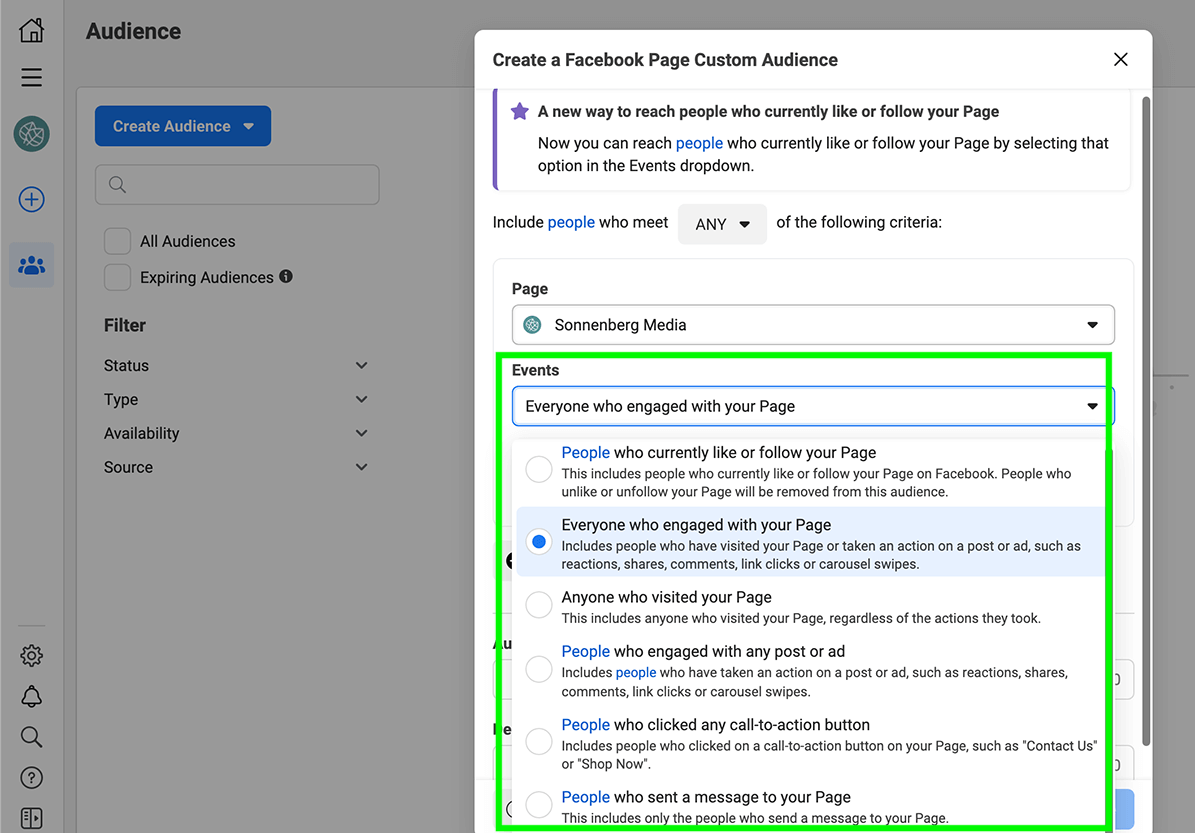
The audience for Shopping Remarketing
Is there a Facebook store for your company? People who interacted with it can be retargeted in a variety of ways, including:
- The ability to view products or collections
- Adding products to Facebook
- Placing products in a shopping cart
- Checkout through Facebook
- Viewing products on your website by clicking through
You can also reach out to folks who have previously purchased from your Facebook store. Because maintaining clients is less expensive than acquiring new ones, this strategy may allow you to achieve your objectives at a lower cost.
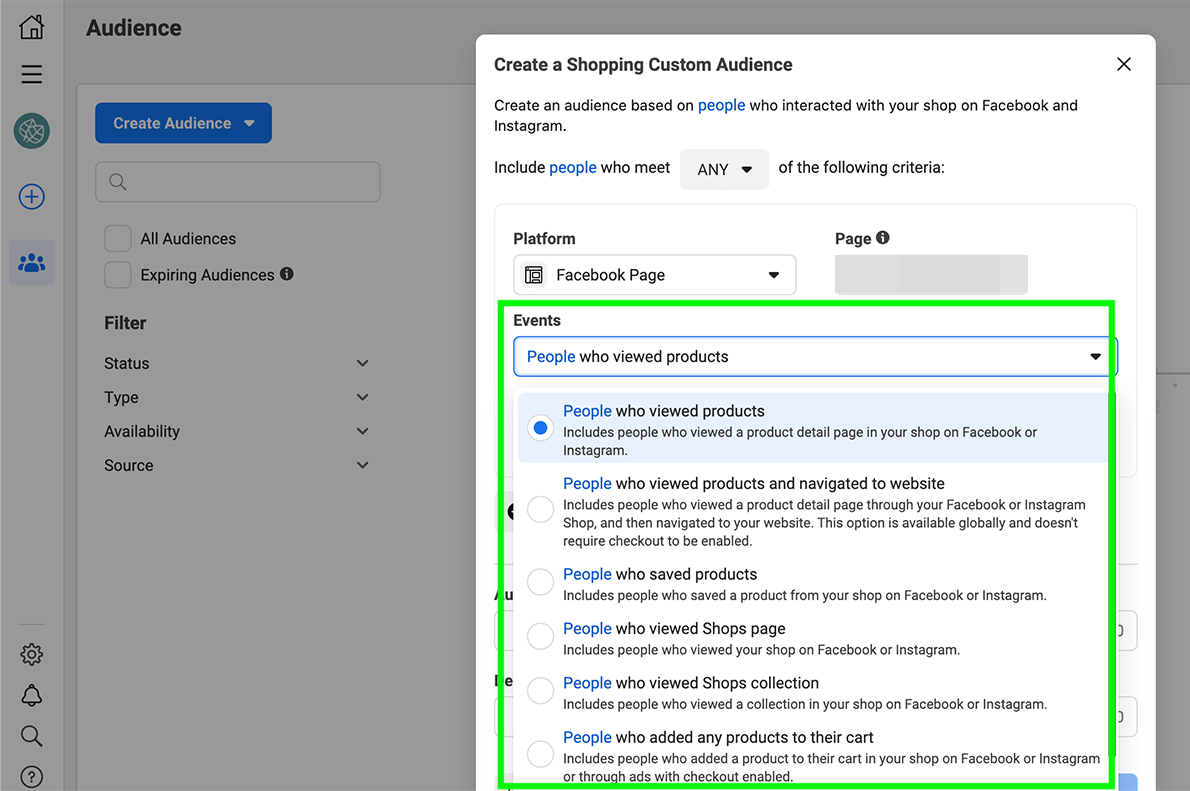
The audience for Website Remarketing
Do you have the Facebook pixel installed on your site? Pixel data can be used to retarget visitors who have visited specific web pages linked to the offer in your ads, such as blog posts or lead magnets.
You can utilize these events to grow your retargeting audience if you’ve prioritized conversions in Facebook Events Manager. You can, for example, retarget folks who have already finished the Lead event to help them convert.
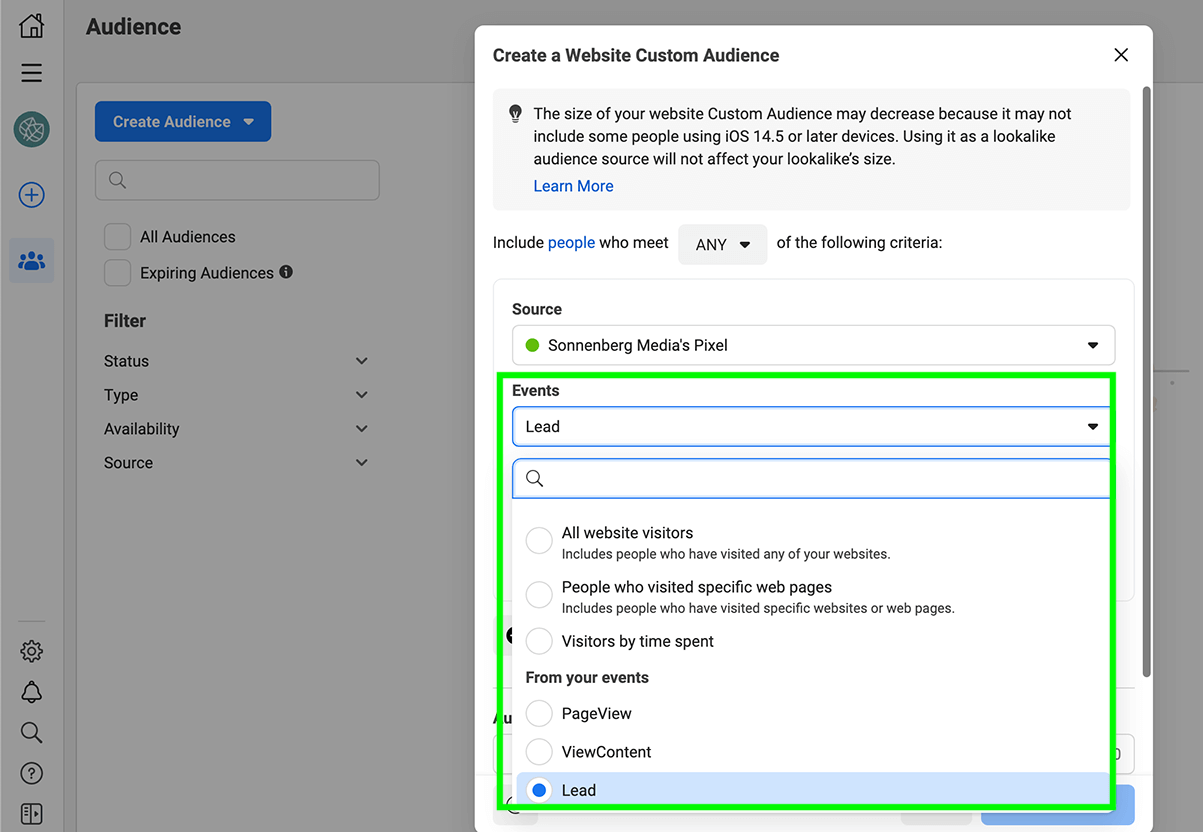
The audience for Remarketing Ads
Have you tried out Facebook ad campaigns before? You may retarget users who interacted with specific ad kinds, allowing you to move prospects through the ad funnel. For example, even if they haven’t converted yet, you can remarket to customers who have opened a lead form or immediate experience.
4. Top-converting landing pages should be identified and promoted.
For organic conversions, a regular Facebook publishing plan is necessary. It’s difficult to tell what’s driving leads and sales if you post a variety of lead magnets, eCommerce links, and other high-value content. You can measure clicks with Facebook Insights, but the data won’t tell you whether those clicks resulted in conversions.
You’ll need a web analytics tool like Google Analytics instead. With Google Analytics, you can track conversions across your site and track user behavior from Facebook traffic.
To track contact form submissions, webinar registrations, and lead magnet downloads in Google Analytics, start by creating custom objectives. Switching on the eCommerce options in the admin panel will allow you to measure revenue and conversion rates if your business offers eCommerce.
Then, to filter Facebook traffic, establish a segment. You may examine which lead magnets, blog posts, or other landing pages have driven the most conversions by selecting the Landing Pages or Reverse Objective Path view for a key goal. Then you can utilize these findings to help you plan your Facebook schedule and create more successful lead-generating material.
An organic plan may be all you need to create enough leads and conversions, depending on your company’s marketing goals. Supplementing with a paid plan may be necessary if your aims are more ambitious or if your page’s audience is too tiny. Let’s take a look at some of the most effective Facebook ad strategies for generating leads and sales.
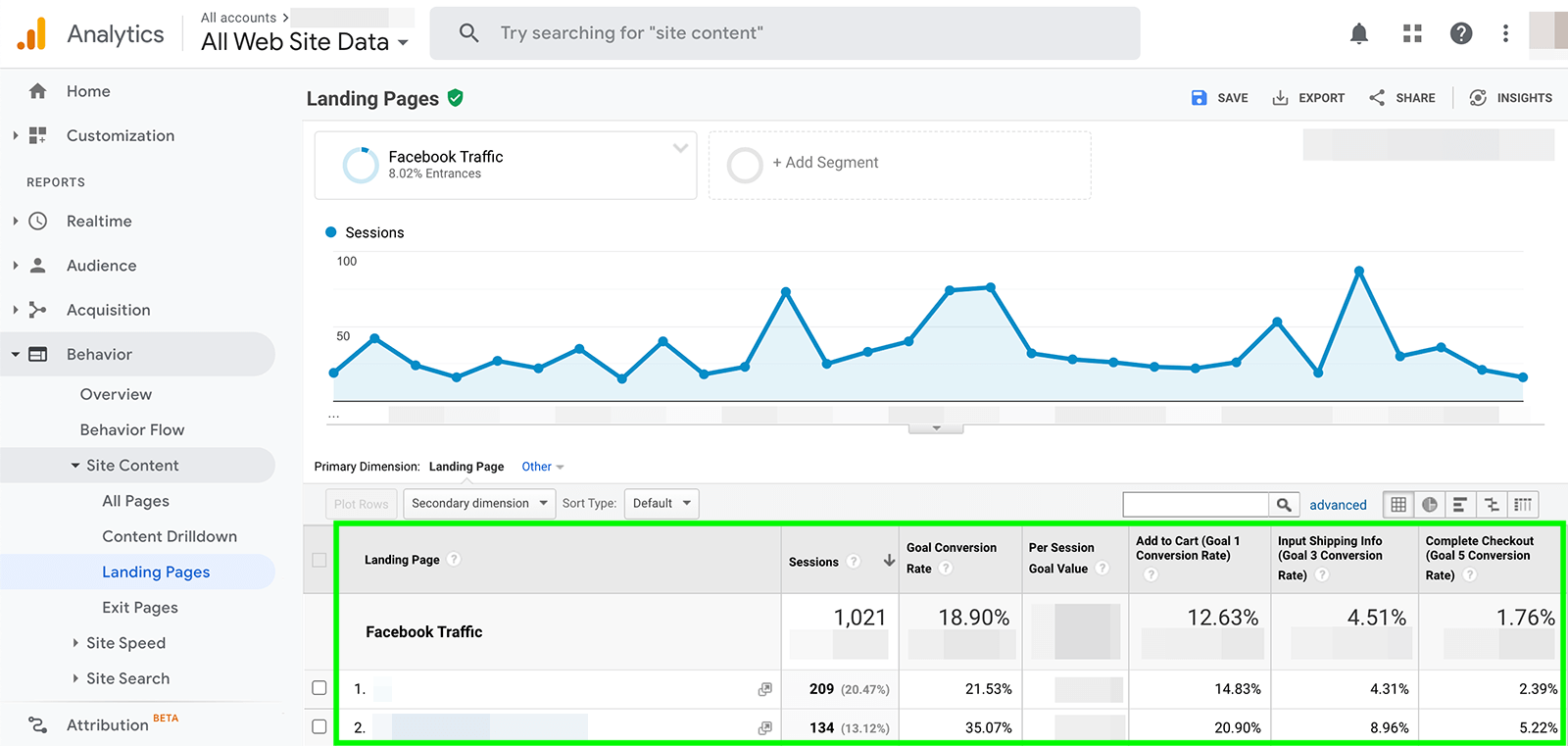
Initiate Conversion Ads
It’s crucial to set up conversion monitoring on your website, whether you’re using Facebook Ads’ conversion objective to generate leads or drive sales. You’ll be able to receive a more precise conversion count and better optimize your ad delivery this way.
Open Events Manager and look for your pixel to begin conversion tracking. Add web events one by one on the Aggregated Event Measurement tab. Add your most important events, such as purchases, leads, subscriptions, and trials, at the top of the list. Lower-priority events, such as contacts or page views, might be added farther down the list.
You can optimize delivery depending on the web events you’ve selected when you create a new ad set with the conversion target. That means you can create advertising that targets leads, trials, subscriptions, sales, or any other conversion event you choose.
5. Use Facebook Lead Generation Ads to generate leads.
The lead generation objective in Facebook Ads is a good choice if you want to add more prospects to your sales funnel. As shown in the example below from Pantheon, you can use this aim to persuade customers to message your business via automated chat or complete an immediate form. You’ll be able to learn more about their requirements and even persuade them to convert.
Although the lead generation goal is a terrific way to obtain leads using native Facebook technologies, it isn’t the only paid way to engage with prospects. You may also leverage the conversion objective of Facebook Ads to send users to your website, where they can access gated content in return for their contact information. Make sure to offer a high-value lead magnet if you want to achieve this goal.
6. Use dynamic formats and creative thinking to improve your results.
The more Facebook advertisements you run, the more you’ll learn about what gets your business the best results. Even if you’re targeting a small group of people, the same creativity, content, and placement won’t always appeal to everyone.
Use Facebook Advertising’s dynamic formats and creative choices to optimize your lead and conversion ads across your whole audience. When you turn it on, Facebook will automatically figure out the appropriate ad type, destination, creatives, and descriptions for each person so you can achieve the greatest results possible.
Create a campaign with a lead generation, conversions, or catalog sales aim to use this feature. Turn on Dynamic Formats and Creative at the ad level, then add different copy and creative alternatives.
7. Create interactive, real-time experiences
Choosing the correct target, objective, and optimization event when launching lead or conversion campaigns on Facebook can have a big impact on the success of your advertising. However, using an eye-catching creative that sticks out from the rest of the news feed is just as vital.
You gain more space with the collection format—a hero image or video plus three thumbnail images—to draw attention in the news feed. A full-screen instant experience loads when your audience taps on your collection ad, making it easier for prospects to convert on mobile devices.
Choose an aim, such as conversions or catalog sales, and then select the collection format at the ad level to create an instant experience. To quickly create an instant experience, you can choose one of Facebook Ads’ storefront or customer acquisition templates, or you can develop your own to fit your brand precisely.
Conclusion
Whether you’re looking to create leads or increase sales, Facebook has a variety of tools to help you identify and convert customers. You can develop a Facebook marketing strategy that fulfills your lead and conversion goals, from organic publishing to paid advertising.
This article might be helpful for you, but here is some other can’t-miss content you’ll want to see:
https://aajneeti.social/b2b-leads-generation-with-google-ads/
https://aajneeti.social/b2b-lead-generation-whats-the-best-approach/


